Community engagement for the future of Robert St.
As we develop design concepts, we are focusing on creating a safer Robert St. for everyone — whether walking, bicycling, rolling, using transit or driving. There are several ways we can solve these safety challenges, but some changes require trade-offs.
Since 2020, we have gathered input from thousands of community members around Robert St. safety improvements. In spring 2024, we heard from hundreds of people about their experiences with and priorities for Robert St. Based on this input, we’ve developed a proposed design that we shared with the community in fall 2024.
We door knocked, held meetings, sent mailers and placed advertisements to share our proposed design with community members. You can review the proposed improvements online. You can also contact us to request the full project layout.
We received comments from approximately 250 people. To learn more about what we heard, please visit the potential improvements webpage.
Earlier this year, we hosted a public meeting and distributed an online survey asking for input to help prioritize future improvements on Robert St. More than 375 community members shared their experiences and priorities for Robert St.
Highlights from the survey results include:
Community members are evenly split on preferences between one-way and two-way protected bicycle lanes. Those in favor of two-way bicycle lanes feel the design is safer and more accessible for making U-turns, crossing intersections and passing others. Those favoring one-way bicycle lanes feel the design would better avoid collisions with vehicles and other bicycles and would flow well with vehicle traffic.
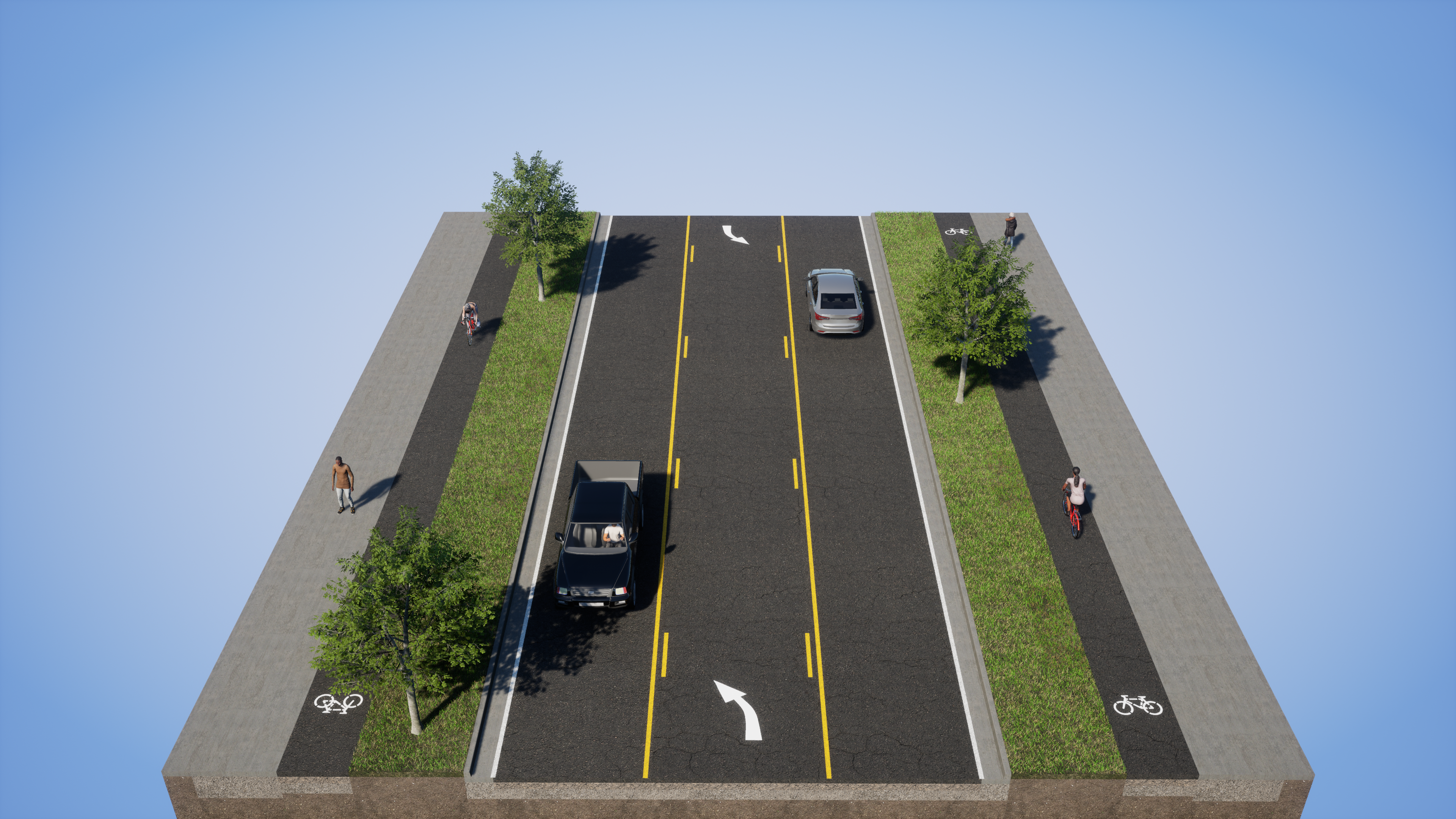
One-way separated bike lane example
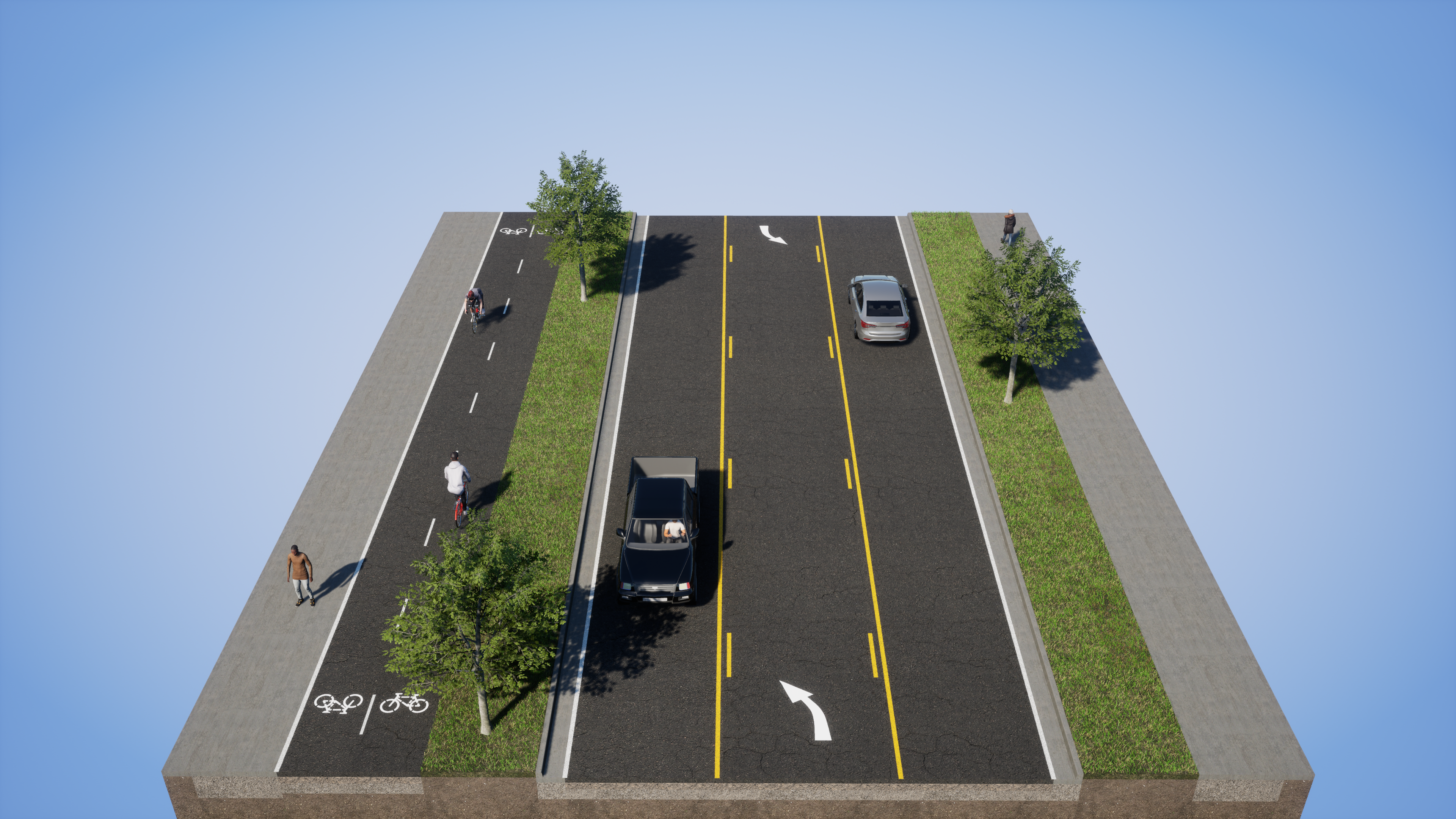
Two-way separated bike lane example
People prefer more green space and less on-street parking on Robert St. Most survey respondents are in favor of green space to improve pedestrian experience, visibility and aesthetics. Many also feel that side streets along Robert St. have ample parking for businesses. Others feel parking is a necessity for businesses and accessibility.
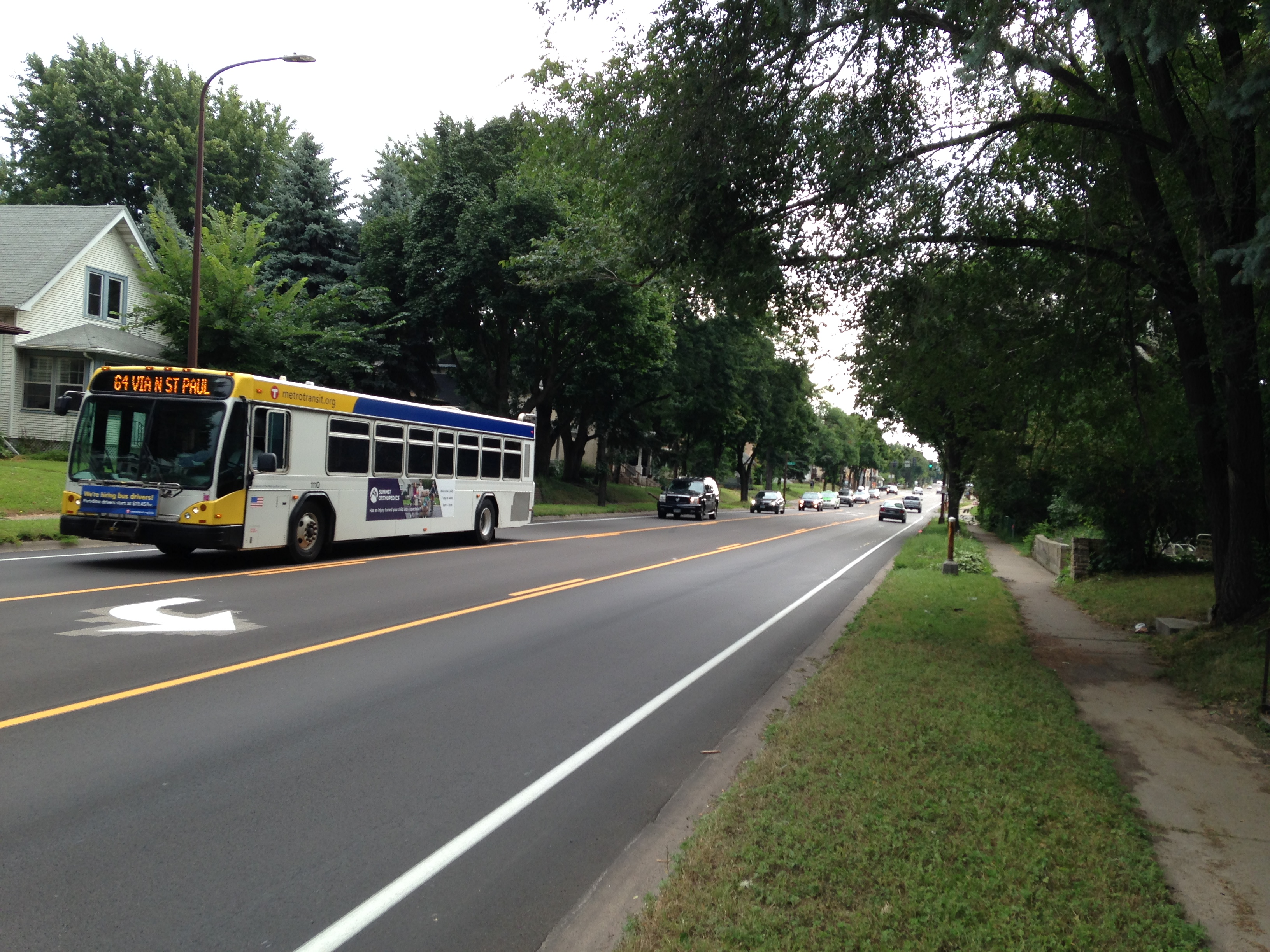
Example of a road that prioritizes green space
Most respondents would like to see medians at intersections and bus stops. People look to medians at intersections and bus stops to improve pedestrian safety and accessibility while calming traffic speeds. However, there is concern that medians may make turning left on Robert St. difficult.

Medians at bus stops example
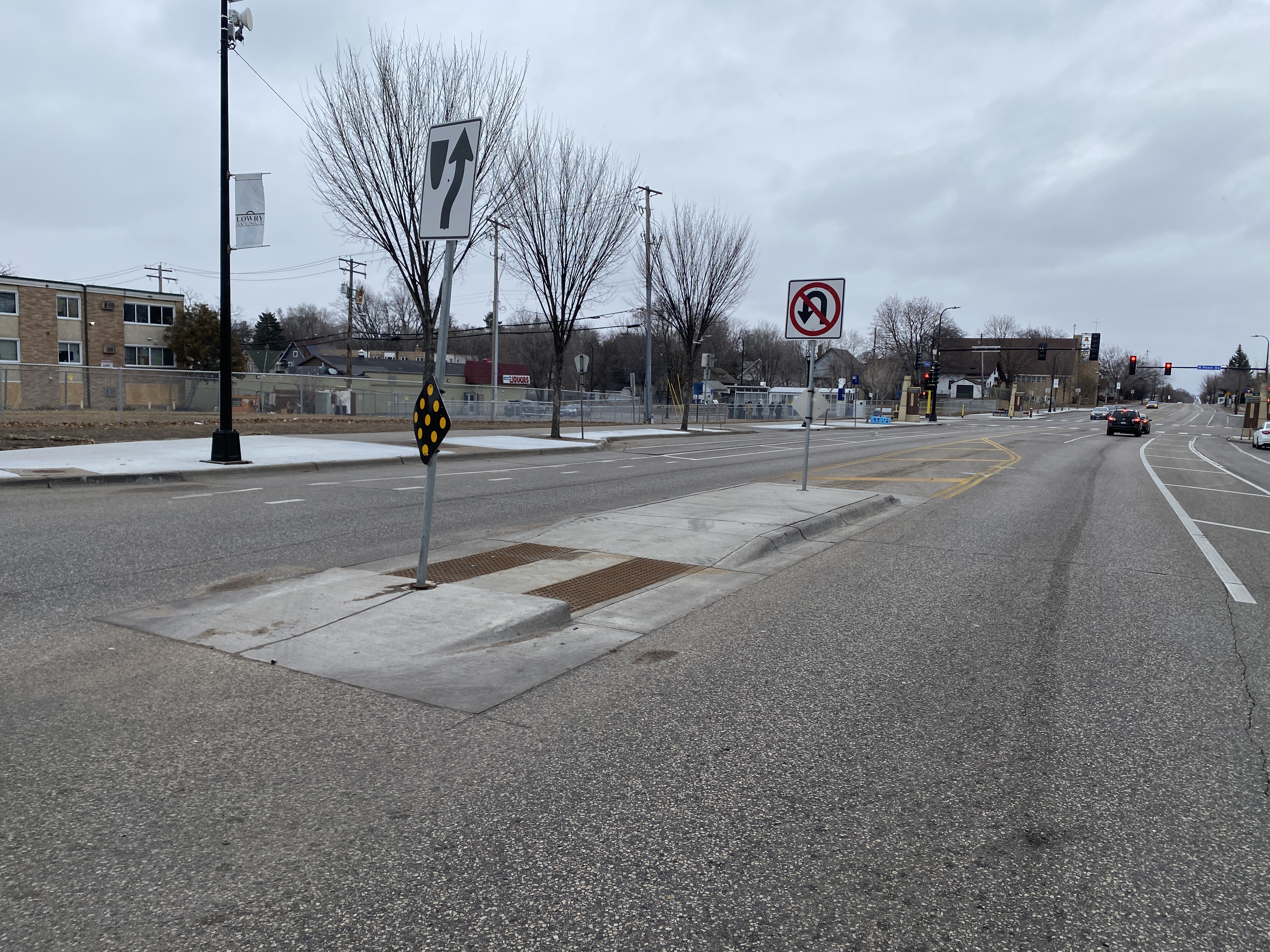
Medians at intersections example
Roundabouts are the most popular improvement for the intersection of Robert St., State St. and Sidney St. Respondents who favor a roundabout feel it would make the intersection safer, more intuitive and more efficient.
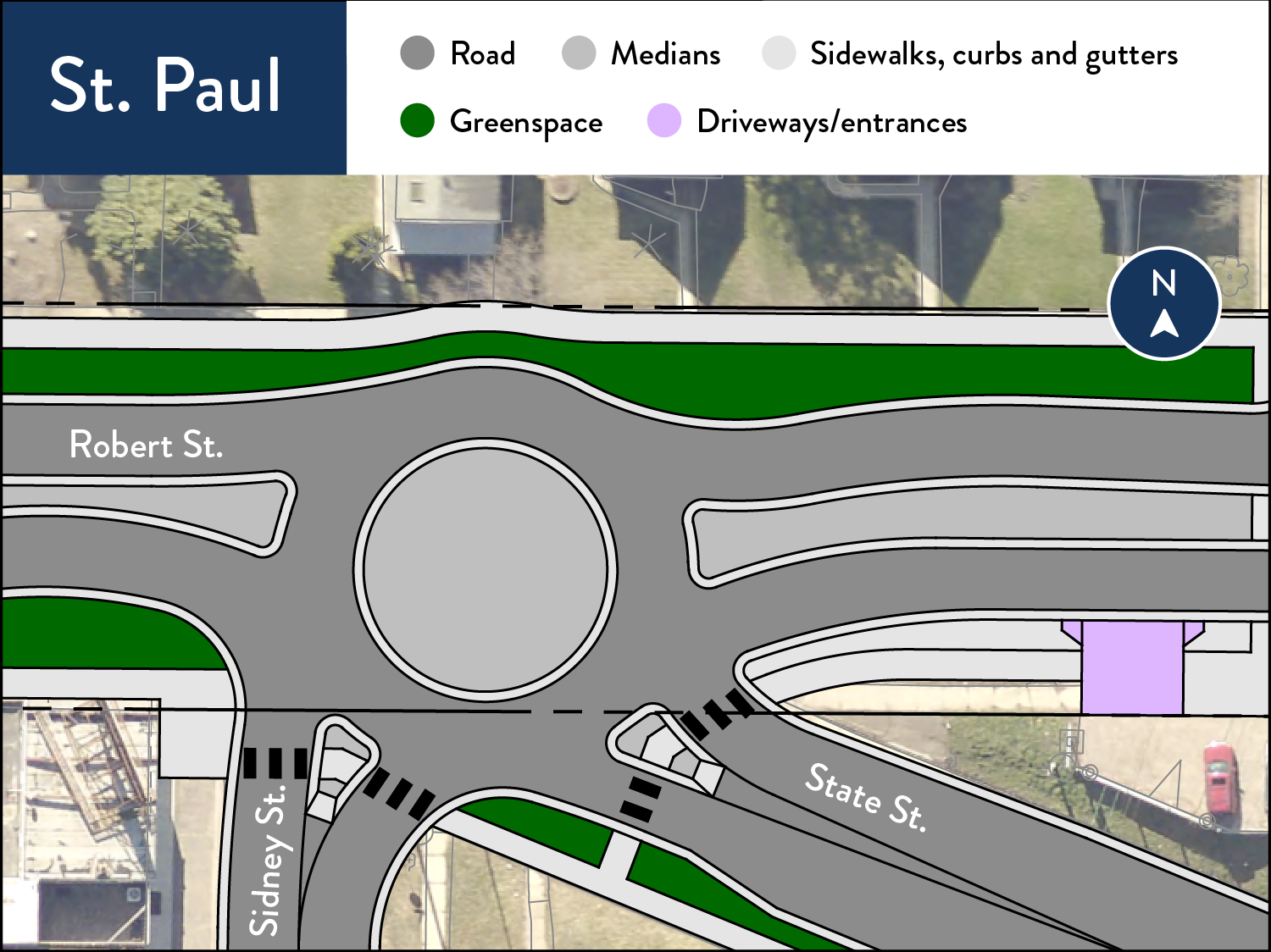
Roundabout design option at the intersection of Robert, State and Sidney streets
Most community members prioritize pedestrian space and business frontage over parking and bike lanes from Cesar Chavez St. to Isabel St. People largely prefer walkable, pedestrian-friendly designs, and believe this will improve business as locals use side street parking. Many also feel that a new pedestrian-oriented design should include bicycle lanes.
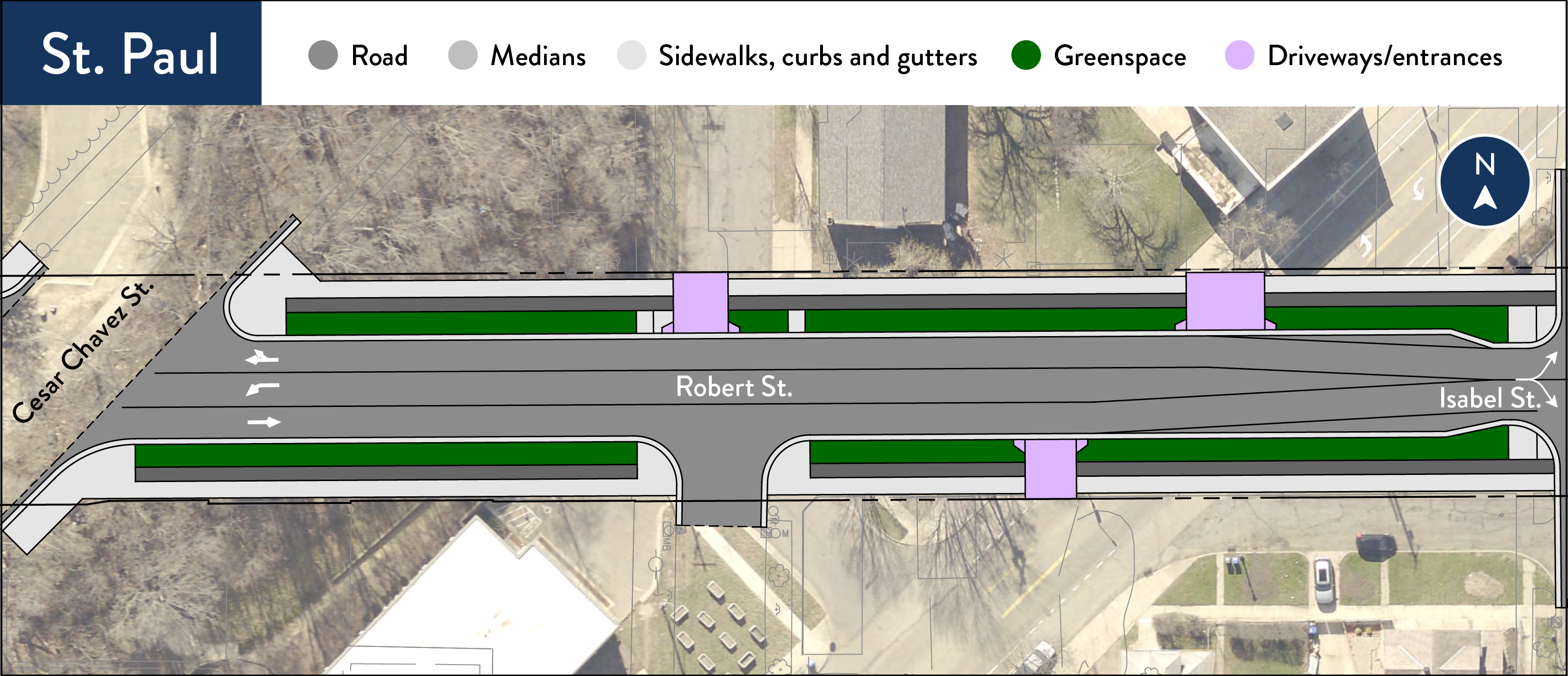
Design option from Cesar Chavez St. to Isabel St. that prioritizes pedestrian space and business frontage
Thank you to everyone who took our survey. Based on this input, we are in the process of developing concepts for what the Robert St. redesign might look like. We anticipate that a proposed design for Robert St. will be ready for community review later this year.
In summer 2023, we distributed an online survey asking for people’s input to help prioritize future improvements on Robert St. More than 375 community members participated in the survey.
- Community members’ top priority for allocating space is for people walking on or using sidewalks/wider sidewalks. This was followed by space for people using transit, driving and then biking. On average, space for elements like landscaping, green stormwater infrastructure and public art were prioritized less.
- The Cesar Chavez St. and Robert St. intersection is a key concern. Community members voiced safety and efficiency concerns for this intersection above all others. Of all the intersections on Robert St., they shared the most support for adding a right turn lane and/or left turn lane at this intersection.
- Other top intersections people would like to see improved include Annapolis St., Butler Ave., Congress St., Fillmore Ave., Plato Blvd., Sidney St. and State St.
- According to respondents, buses are slightly more likely to run slowly due to delays between East Colorado St. to Cesar Chavez St., but the entire length of the project shared this issue.
- If MnDOT adds biking facilities, both on-street separated bike lanes and off-street separated bike lanes were the most popular options. A smaller number of community members voiced support for on-street painted bike lanes, shared bike lanes or not adding any bike lanes.
- Community members were most interested in adding on-street parking and improving pedestrian crossings between Isabel St. West and Cesar Chavez St. 51% of survey respondents recommended adding on-street parking here, and 65% recommended improving pedestrian crossings here.
- The second section people most often wanted to add on-street parking and improve crossings was from Winona St. East to Annapolis St.
- 21% of survey respondents did not support adding any new parking on Robert St.
Thank you to everyone who provided input through this survey. We will use these comments to help develop designs for future improvements on Robert St. The public will be able to review these designs and provide additional input this fall.
In 2020, we engaged the community through an online survey, interactive comment map and a series of virtual public meetings. During this community engagement period, we received comments from more than 1,300 people along the corridor and across the Twin Cities metro area. Many people suggested pedestrian safety improvements, like improved sidewalks and crosswalks, and bicycle safety improvements, like adding a bike lane. Other recurring comments involved the need for reduced vehicle speeds, adding pullovers for buses, and adding more greenery, public art and improved lighting.
A summary of community engagement activities and feedback has been compiled into a public report.
